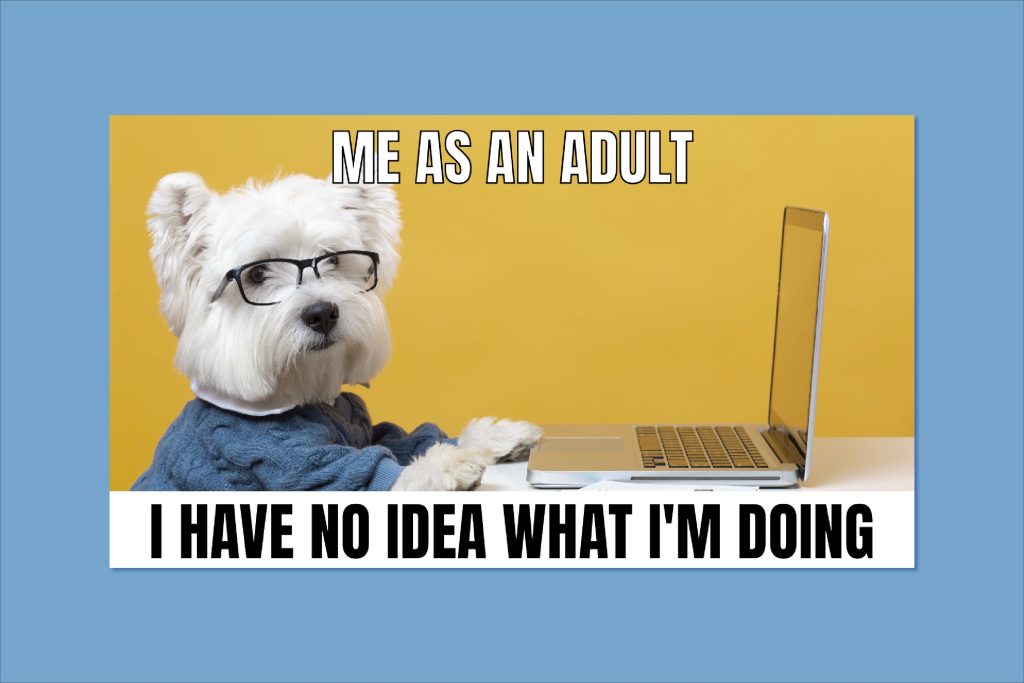In the digital age, memes are more than just viral jokes shared among friends—they’re cultural artifacts. What might seem like a fleeting moment of humor often reflects deeper societal values, concerns, and shifts. From politics to pop culture, memes have become powerful tools for communication and social commentary. By studying memes, we can gain meaningful insights into the beliefs, anxieties, and trends shaping contemporary culture. This is exactly why studying memes and culture matters today.

The Rise of Memes as a Cultural Mirror
Memes have evolved significantly from the early days of image macros and rage comics. Platforms like Reddit, Twitter, TikTok, and Instagram have made meme sharing instantaneous and global. This rapid dissemination means that memes often respond in real-time to cultural events, allowing researchers and casual observers alike to track collective reactions and interpretations.
Importantly, memes are participatory. Users modify, remix, and adapt them, layering their own cultural contexts. This makes memes an especially rich field for understanding subcultures, political ideologies, generational values, and more.
Key Cultural Themes Found in Memes
Studying memes and culture can reveal recurring patterns that map directly onto broader societal themes:
- Political Sentiment and Activism
- Memes frequently comment on political events, often serving as a form of protest or solidarity. For example, during the 2020 U.S. election, memes played a role in shaping public opinion, especially among younger voters. They act as informal barometers of public sentiment.
- Generational Identity
- The humor found in Gen Z and Millennial memes differs greatly from that of older generations. Self-deprecation, absurdism, and existentialism are common traits in Gen Z memes, revealing their concerns with mental health, economic uncertainty, and digital identity.
- Social Justice and Inclusivity
- Memes have become vehicles for spreading awareness of social justice issues. Movements like #MeToo and Black Lives Matter have leveraged memes to amplify their messages, blending humor with serious commentary.
- Consumer and Brand Culture
- Memes often parody advertising and consumer behavior. This reveals how deeply brand culture penetrates society and how skeptical many internet users have become of marketing tactics.
Memes as Modern Folklore
Much like traditional folklore, memes circulate within communities and evolve over time. They convey shared beliefs and norms, functioning as both entertainment and a means of cultural transmission. Internet memes, however, spread faster and mutate more rapidly.
Researchers such as Limor Shifman, in her book Memes in Digital Culture, argue that memes provide a window into the collective consciousness of a group. They serve to reinforce group identity, signal membership, and sometimes even act as a form of resistance.
How to Analyze Memes for Cultural Insight
For those interested in understanding what memes can tell us about society, consider the following steps:
- Contextualize the Meme
- Understand the origin of the meme and its variations. Who is using it? When and where did it appear?
- Identify the Audience
- Memes are often tailored to specific communities. Identifying the intended audience can reveal the values and norms of that group.
- Decode the Symbols
- Memes are layered with meaning—text, visuals, and tone all contribute to the message. A single image might reference multiple cultural moments.
- Track Virality and Evolution
- Monitor how a meme evolves over time. This can help trace how public opinion or cultural references shift.
Memes and Global Culture
Although memes often originate in specific cultural contexts, they can transcend borders. Global events like the COVID-19 pandemic saw memes circulating across countries, reflecting shared experiences of lockdown, health anxieties, and digital fatigue.
However, the interpretation of memes can vary widely based on local values and humor. What resonates in the U.S. might not land the same way in Japan or Brazil. Studying these differences can offer valuable insight into how culture affects perception.
Current Trends in Meme Culture
One of the emerging trends in meme culture is the rise of AI-generated memes. Tools like DALL-E and Midjourney are being used to create surreal, often bizarre meme content that still resonates with niche internet subcultures. This automation raises new questions about authorship, creativity, and the evolving nature of humor.
Another hot topic is the commodification of memes. More creators and brands are monetizing memes, blurring the line between organic humor and strategic marketing. This has sparked debates about authenticity and the role of corporations in meme spaces.
Why Memes Matter for Cultural Understanding
- Low Barrier of Entry: Anyone can create or remix a meme, making it a truly democratic form of expression.
- Real-Time Reflection: Memes react to events faster than traditional media, offering immediate cultural snapshots.
- Identity and Belonging: Memes can help people feel connected to a larger community, reinforcing cultural norms or challenging them.
- Archival Value: Just like old newspapers and TV shows, memes can serve as historical records of what mattered to people at a given time.
Final Thoughts
Far from being trivial distractions, memes are deeply embedded in the way we communicate, critique, and celebrate culture. As digital literacy becomes increasingly important, understanding memes is key to understanding the shifting landscape of global culture. Whether you’re a researcher, marketer, or curious observer, studying memes and culture offers a valuable—and surprisingly nuanced—perspective on the world around us.
References:
- Shifman, L. (2014). Memes in Digital Culture. MIT Press.
- Phillips, W. (2015). This Is Why We Can’t Have Nice Things: Mapping the Relationship Between Online Trolling and Mainstream Culture. MIT Press.
- Nemer, D. (2022). Technology of the Oppressed: Inequity and the Digital Mundane in Favelas of Brazil. MIT Press.





